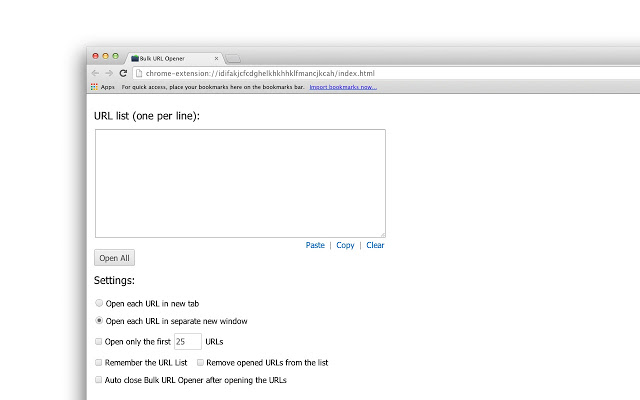30 May

|
Getting your Trinity Audio player ready...
|
Data quality is a huge challenge for organizations today, especially with the rise of big data. There are many factors that can affect data quality, from collection and storage to processing and analysis. There is no definitive definition of data quality, but it generally refers to the accuracy, completeness, and timeliness of collected information.
Data quality is a key consideration for big data projects because inaccurate or incomplete information can lead to incorrect conclusions and wasted time and money. Therefore, it is essential to have processes in place for keeping track of changes in the underlying data set and updating your analysis as needed. Keep reading to learn more about data quality and big data below.
Big Data and Data Quality: Using Automated Processes to Improve Accuracy
The modern world is increasingly driven by data. From scientific research to business decisions, the ability to analyze and understand data has become essential for success. However, this has also created a new challenge: how can you ensure that the data you use is accurate and trustworthy? One approach to solving this problem is to use automated processes to improve accuracy. For example, big data platforms can be used to cleanse and correct inaccurate data automatically.
This helps to ensure that the analytics you use is of the highest quality possible, which in turn allows you to make better decisions based on it. In addition, big data technologies can be used to identify patterns and trends in data sets that may not be obvious when looking at only a small subset of the information. By understanding these patterns and trends, you can gain a more complete picture of what is happening in the world and make better decisions as a result.
Challenges of Maintaining Data Quality in a Big Data World
Data quality has always been an issue for businesses, but it is becoming even more of a challenge in the big data world. With so much data coming in from different sources, it can be difficult to ensure that all of the data is accurate and up-to-date. There are several factors that make maintaining data quality in a big data world difficult. One factor is volume. The amount of data being generated and collected is huge, and it is constantly growing. This makes it difficult to keep track of all the data and ensure that it is accurate. Another factor is variety.
The types of data being collected are also diverse, ranging from text to images to video. This makes it difficult to standardize the data and ensure that it is all consistent. The next factor is velocity. The speed at which new data is being generated and collected is constantly increasing, making it more difficult to keep up with everything.
All of these factors together create a daunting challenge for businesses when it comes to maintaining data quality. It can be difficult to keep track of all the different types of data, ensure that it is all accurate, and make sure that it stays up to date. In order to overcome these challenges, businesses need strategies for dealing with big data effectively.
Ensuring the Accuracy of Big Data Analytics
As data sets become larger and more complex, the accuracy of big data analytics becomes increasingly important. Maintaining the quality of big data is a challenge that requires constant attention to detail. The following processes are some of the key considerations for ensuring the accuracy of big data analytics.
- Data selection: The first step in any analysis is to select the right data set. This can be a challenge when working with big data, as there may be many different sources of information to choose from. Select a data set that is representative of the overall population and that has been cleansed and normalized to ensure its accuracy.
- Data pre-processing: Once the correct data set has been selected, it must be pre-processed to remove any errors or inconsistencies. This can include standardizing column values, removing duplicate entries, and correcting misspellings. Pre-processing helps ensure that the data is ready for analysis and that results are accurate.
- Data analysis: After the data has been pre-processed, it can be analyzed using various methods such as correlation analysis, regression analysis, or clustering algorithms. These techniques help identify patterns and relationships in the data that can then be used to make informed decisions.
- Data interpretation: The results of big data analytics should always be interpreted with caution. Understand how each statistic was calculated and what it means in relation to the overall problem being solved. Results from big data analytics should not have been relied on without careful examination and verification.
Altogether, data quality and big data are important for several reasons. Data quality is essential for making accurate decisions, and big data provides the volume and variety of data needed to make those decisions. With big data, businesses can gain insights that weren’t possible before and improve their operations and products as a result.


